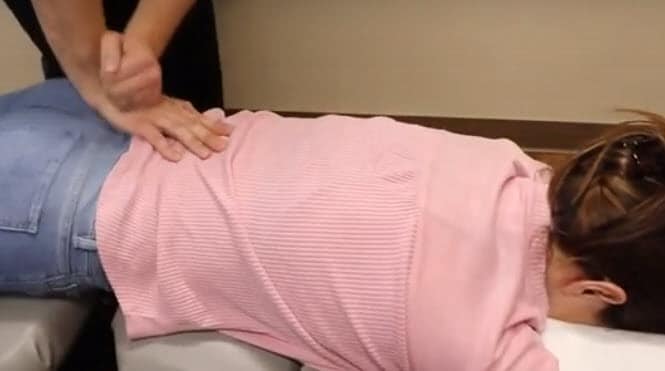
X-Rays: Why We Use Them and Why We Don’t
Why We Use X-Rays and Reasons We Don’t
Spine specialists–that’s what some people call chiropractors. While chiropractors do pay special attention to the spine, they can also specialize in other fields, such as neurology, clinical nutrition, and radiology.
Speaking of radiology, did you know that Doctors of Chiropractic (DCs) and chiropractic radiologists use imaging equipment? These include computed tomography (CT) scanners and X-rays.
If you’re wondering why chiropractors would need X-rays, read on. Here, we’ll discuss why chiropractors take X-rays and instances when they don’t recommend it for their patients.
Chiropractic Care: The Importance of Correct Diagnoses
Conducting diagnostic tests is one of the ways doctors use differential diagnosis. Chiropractors also employ diagnostic tools to diagnose a patient’s condition better.
Of course, X-rays aren’t the only means for chiropractors to identify a patient’s source of pain. However, your chiropractor could insist on taking one if your condition is related to a recent trauma.
X-rays are also helpful for patients with a higher risk of osteoporosis and spondyloarthritis.
Advantages and Disadvantages of X-Rays
Do all chiropractors require spinal X-rays to diagnose patients accurately?
The answer is not everyone and not all the time. After all, manipulation and mobilization techniques are enough to address simple dysfunctions. If such conditions don’t improve, or for more complex cases, chiropractors may consider X-ray analysis.
Chiropractors also have to weigh the disadvantages against the benefits of X-rays. Remember, X-rays expose patients to radiation. While the level is safe for most adults, it may not be safe for a developing baby.
If you’re pregnant, be sure to tell your chiropractor. Also, if you believe your condition is related to your soft tissues (e.g., muscles, tendons, or ligaments), there’s no need for chiropractors to order an X-ray. Only conditions associated with bones and joints benefit from X-rays.
Some Notes to Keep In Mind
Beyond researching the answers to “how do X-rays work?” and “what can X-rays detect?” it’s more crucial to understand its use in chiropractic healthcare settings.
If your chiropractor requires X-rays for every condition, you may want to switch to another DC. Reputable chiropractors only use X-rays when needed.
As for what to expect when chiropractors take X-rays, you may be surprised if the process differs from what you’re familiar with. Chiropractors consider the patient’s posture and weight. That is why they tend to look at images taken in standing positions instead of prone or supine positions.
Also, don’t be surprised if your chiropractor takes multiple X-rays. If your condition requires monitoring, your chiropractor may request additional X-rays after the initial evaluation. They need to look at images of the spine and joints from various angles to check if their treatment plan is working.
Are You In Need of Chiropractic Care?
If you need a chiropractor near the Mill Creek, Washington area, we can help. At Amazing Life Chiropractic and Wellness, we provide chiropractic services, red light therapy, custom orthotics, etc.
To provide the highest quality of chiropractic care, we use diagnostic tools such as X-rays. Should you have questions about our services, feel free to contact us.

